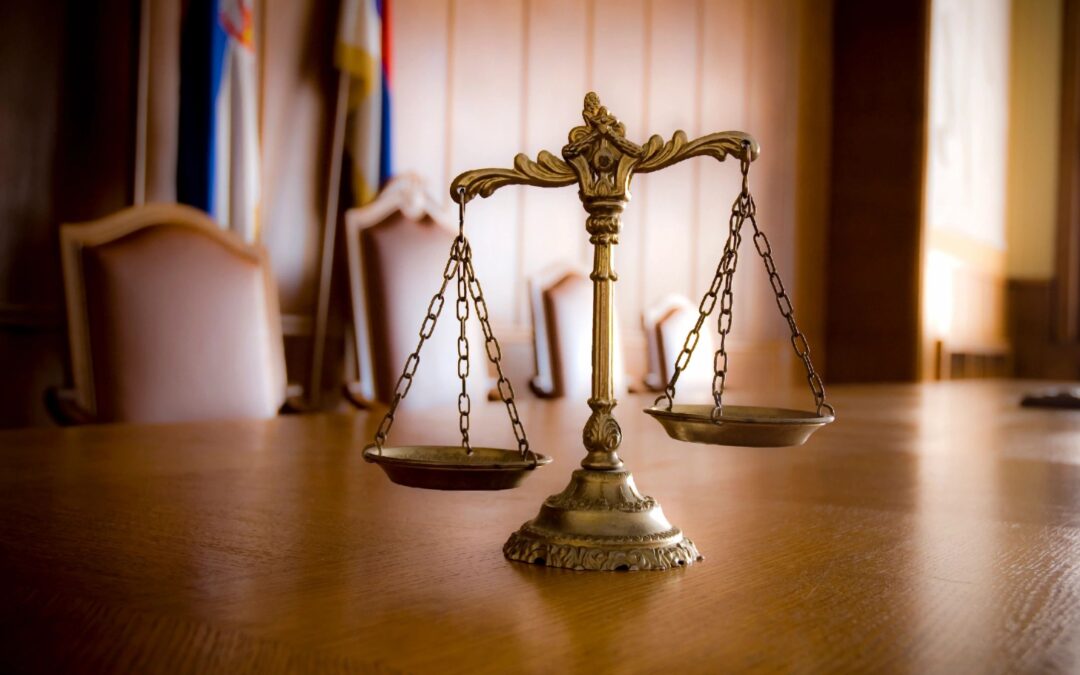By John Marlott and Sachin Patel* –
What invalidity grounds is a petitioner barred from raising in parallel district court or ITC litigation after the petitioner previously challenged the patent and the PTAB has issued a final written decision? The U.S. Supreme Court is currently considering whether to review that important question of statutory estoppel.
Following the Federal Circuit’s clarification of IPR estoppel, which we discussed in a previous post, Apple and Broadcom (“Petitioners”) petitioned the Supreme Court for certiorari in Apple, Inc. v. California Institute of Technology, Cert. Pet. 22-203 (2022). The Petitioners have asked the Supreme Court to address the scope of IPR estoppel under 35 U.S.C. § 315(e)(2). Specifically, the question presented by Petitioners is:
Whether the Federal Circuit erroneously extended IPR estoppel under 35 U.S.C. § 315(e)(2) to all grounds that reasonably could have been raised in the petition filed before an inter partes review is instituted, even though the text of the statute applies estoppel only to grounds that “reasonably could have [been] raised during that inter partes review.”
Pet. at (i) (emphasis added).
The basic estoppel question is whether a petitioner is barred from asserting in district court or the ITC only the particular prior art invalidity grounds that it actually raised in the petition and that the Board thereafter considered “during” the IPR proceeding, or whether § 315(e)(2) more broadly prohibits a petitioner from later asserting any invalidity grounds that it “could have reasonably raised” in the petition seeking institution, even those prior art grounds the petitioner elected not to include in the IPR petition.
The Federal Circuit has adopted the latter interpretation of § 315(e)(2), which results in a broad prohibition on raising any prior art invalidity grounds in district court or ITC litigation that a petitioner could have reasonably raised in an IPR petition.
As for PGRs, since the wording of the PGR estoppel provision is identical to the IPR estoppel provision (compare § 315(e)(2) and § 325(e)(2)), the Federal Circuit’s reading in Apple v. CalTech means a final written decision in a PGR conceivably estops a PGR petitioner from later asserting in district court any of a myriad of invalidity grounds that it “reasonably could have raised” during the PGR—including subject matter ineligibility under § 101, invalidity based on product prior art under §§ 102 or 103, and invalidity based on written description or enablement under § 112. As we have reported before, concerns about the significantly broader scope of the PGR statutory estoppel have likely depressed PGR petition filings.
Notably, the Supreme Court recently issued a CVSG order calling for the Solicitor General’s views on the petition in Apple v. CalTech. The SCOTUSblog describes the Supreme Court’s CVSG procedure as follows:
CVSG stands for “call for the views of the solicitor general.” In most cases in which someone is seeking review of a lower court’s decision, the Supreme Court will issue a straightforward grant or denial. But sometimes the court will instead ask the government for its views on what the court should do with a particular petition for review, particularly in cases in which the government isn’t a party but may still have an interest — for example, because the interpretation of a federal statute is involved. In this scenario, the court will issue an order in which it invites the U.S. solicitor general, the government’s chief lawyer before the Supreme Court, to file a brief “expressing the views of the United States.” It isn’t an invitation in the sense that the federal government gets to decide whether it wants to file a brief at all, because the court expects the government to file. There is no deadline by which the government is required to file the brief; when the brief is filed, the government’s recommendation, although not dispositive, will carry significant weight with the court.
While not considered definitive, a CVSG request may indicate that the justices are looking closely at an issue. So the pending petition for Supreme Court review in Apple v. CalTech bears watching.
We will post an update when the Solicitor General files its brief, and will continue to monitor and report on any other developments.
*Sachin is a former Jones Day associate now clerking for the U.S. Court of Appeals for the Federal Circuit.
John Marlott
Latest posts by John Marlott (see all)
- Third Party IPRs Sway District Court’s Prevailing Party and Costs Rulings - January 2, 2025
- Proceed With Caution When Using Wayback Machine® Prior Art - December 18, 2023
- Takeaways From Motion to Amend Pilot Program Chat - July 18, 2023

